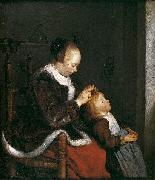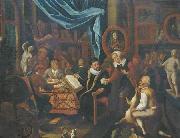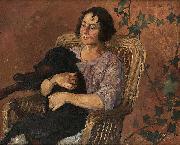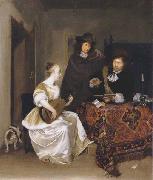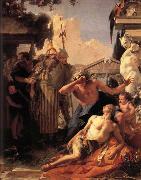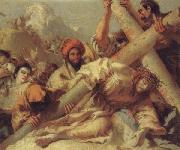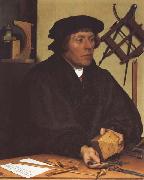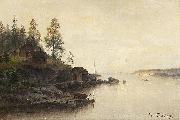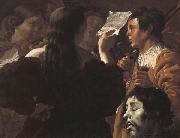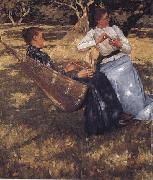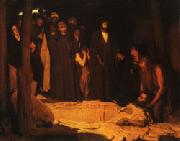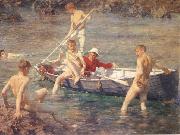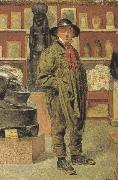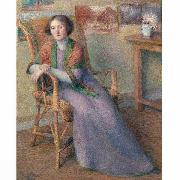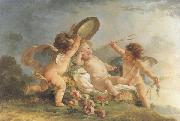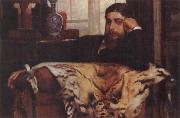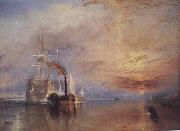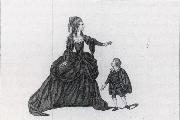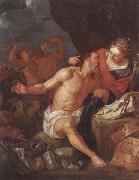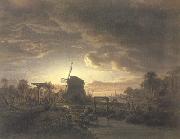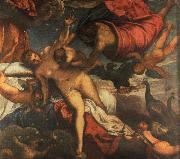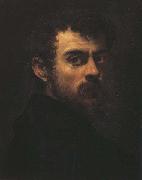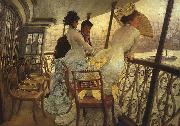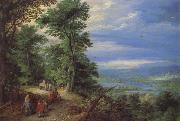|
|
|
|
|
|
|
|
|
|
|
|
|
|
|
|
|
|
 |
Giovanni Domenico Tiepolo
|
|
(August 30, 1727 - March 3, 1804) was a Venetian painter and printmaker in etching. He was the son of artist Giovanni Battista Tiepolo and elder brother of Lorenzo Baldissera Tiepolo..
Domenico was born in Venice, studied under his father, and by the age of 13 was the chief assistant to him. He was one of the many assistants, including Lorenzo, that transferred the designs of his father (executed in the 'oil sketch' invented by the same). By the age of 20, he was producing his own work for commissioners.
He assisted his father in Werzburg 1751-3, decorating the famous stairwell fresco, in Vicenza at the Villa Valmarana in 1757, and in Madrid at the palace of Charles III from 1762-70.
|
|
|
|
 |
Giovanni Tuccari
|
|
Giovanni Tuccari (1667-1743) was an Italian painter during the Baroque period, active in Sicily.
Tuccari was born in Messina. He was the son and pupil of Antonio Tuccari, an obscure painter. He excelled as a battle painter. He died of the plague. He was responsible for the frescos in the Church of San Benedetto in Catania. Other examples of his work include four octagonal paintings in the sanctuary of the Church of S. Antonio, at Castiglione di Sicilia, and La Pinacoteca Zelantea gallery in Acireale.
|
|
|
|
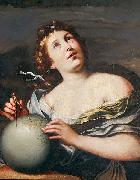 |
Girolamo Troppa
|
|
Girolamo Troppa (1637-1710) was an Italian painter of the Baroque. He was active in Rome. He was a follower of Carlo Maratti. He painted for the church of San Giacomo delle Penitenti, in competition with the son of Giovan Francesco Romanelli. He died in 1710. |
|
|
|
|
|
|
|
|
|
|
|
|
|
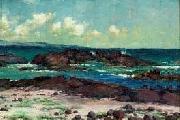 |
Helen Thomas Dranga
|
|
Helen Thomas Dranga (1866-1940), who is also known as Carrie Helen Dranga, was a painter who was born Carrie Helen Tufts in Oxford, England. She lived in Oakland, California from 1894 until 1900, when she moved to Hilo, Hawaii. Her paintings regularly appeared on the cover of Paradise of the Pacific magazine in the 1920s and 1930s. She lived in Hilo until shortly before her death in 1940.
The Honolulu Academy of Arts and the Lyman House Memorial Museum (Hilo, Hawaii) are among the public collections holding works by Helen Thomas Dranga
|
|
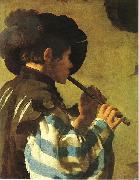 |
Hendrick ter Brugghen
|
|
(1588 - Nov 1, 1629) was a Dutch painter, and a leading member of the Dutch followers of Caravaggio ?? the so-called Dutch Caravaggisti.
Little is known of the early life of ter Brugghen; he could have been born in The Hague, but his family seems to have moved to the strongly Catholic Utrecht in the early 1590s. Here he started painting at the age of thirteen, studying with Abraham Bloemaert. From Bloemaert, a Mannerist history painter, he learned the basics of the art. Around 1604, however, ter Brugghen travelled to Italy to expand his skills, a rather unusual move for Dutch painters at the time. He was in Rome in 1604, and could therefore have been in direct contact with Caravaggio. |
|
|
|
|
|
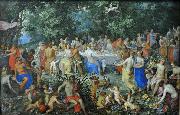 |
Hendrick van Balen the Elder
|
|
painted The Wedding of Thetis and Perseus with Apollo and the Concert of the Muses, or The Feast of the Gods in ca. 1618
|
|
|
|
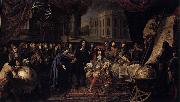 |
Henri Testelin
|
|
(Paris, 1616 - The Hague, 1695) was a French art painter.
Henri Testelin made portraits of Louis XIV, important persons and events at the French court . Several of his paintings can be seen in the palace of Versailles. The portraits, like the one of the young Louis XIV, show the influence of Jean Nocret and Le Brun.
He was secretary of Royal Academy of Painting and Sculpture from 1650 and professor from 1656. In 1680 he published a book on art theory and the academy. Testelin was dismissed from the Academy in 1681, because he was proptestant. He left France and went to Holland.
|
|
|
|
|
|
|
|
|
|
|
|
|
|
|
|
|
|
|
|
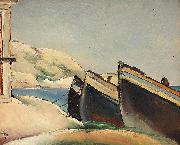 |
Ion Theodorescu Sion
|
|
Ion Theodorescu-Sion (1882-1939).
Alternative names Onu Soare Teodor.
Romanian painter.
|
|
|
|
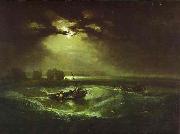 |
J.M.W. Turner
|
|
English Romantic Painter, 1775-1851 landscape master |
|
|
|
|
|
|
|
|
|
|
|
|
|
|
|
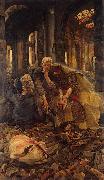 |
James Jacques Joseph Tissot
|
|
(15 October 1836 -- 8 August 1902) was a French painter.
Tissot was born at Nantes. He studied at the École des Beaux-Arts in Paris under Ingres, Flandrin and Lamothe, and exhibited in the Paris Salon for the first time at the age of twenty-three. In 1861 he showed The Meeting of Faust and Marguerite, which was purchased by the state for the Luxembourg Gallery. His first characteristic period made him a painter of the charms of women. Demi-mondaine would be more accurate as a description of the series of studies which he called La Femme a Paris.
|
|
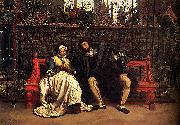 |
James Joseph Jacques Tissot
|
|
James Jacques Joseph Tissot (15 October 1836 - 8 August 1902) was a French painter, who spent much of his career in Britain.
Tissot was born in Nantes, France. In about 1856, he began study at the École des Beaux-Arts in Paris under Hippolyte Flandrin and Lamothe, and became friendly with Edgar Degas and James Abbott McNeill Whistler. Tissot exhibited in the Paris Salon for the first time in 1859, two portraits of women and three scenes in medieval dress from Faust. The latter show the influence of the Belgian painter Henri Leys (Jan August Hendrik Leys), whom he had met in Antwerp in 1859. In the mid-1860s, however, Tissot began to concentrate on depicting women, often although not always shown in modern dress. Like contemporaries such as Alfred Stevens and Claude Monet, Tissot also explored japonisme, including Japanese objects and costumes in his pictures. A portrait of Tissot by Degas from these years (Metropolitan Museum of Art, New York) shows him with a Japanese screen hanging on the wall. |
|
|
|
|
|
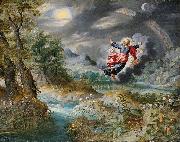 |
Jan Brueghel the Younger
|
|
(September 13, 1601 C September 1, 1678) was a Flemish Baroque painter, and the son of Jan Brueghel the Elder.
He was trained by his father and spent his career producing works in a similar style. Along with his brother Ambrosius, he produced landscapes, allegorical scenes and other works of meticulous detail. Brueghel also copied works by his father and sold them with his father's signature. His work is distinguishable from that of his parent by being less well executed and lighter.
Jan the Younger was traveling in Italy when his father died of cholera and swiftly returned to take control of the Antwerp studio. He soon established himself and was made dean of the Guild of Saint Luke in 1630. That same year he was commissioned by the French court to paint Adam Cycle. In the following years, he also produced paintings for the Austrian court, and worked independently in Paris, before returning to Antwerp in 1657. He collaborated with a number of prominent artists including Rubens, Hendrick van Balen (1575-1632), Adriaen Stalbemt (1580-1682), Lucas Van Uden (1596-1672), David Teniers the Younger and his father-in-law Janssen. Jan the Younger's best works are his extensive landscapes, either under his own name or made for other artists such as Hendrick van Balen as backgrounds.
|
|







